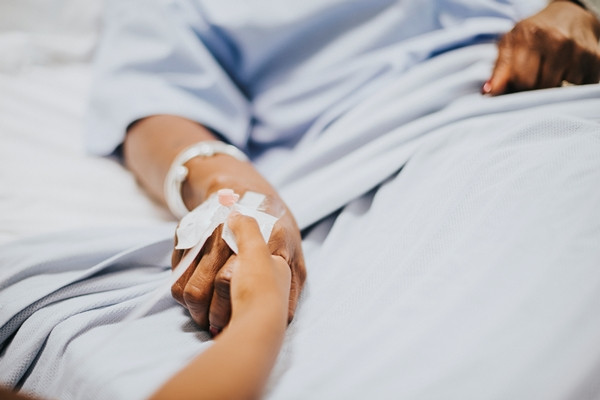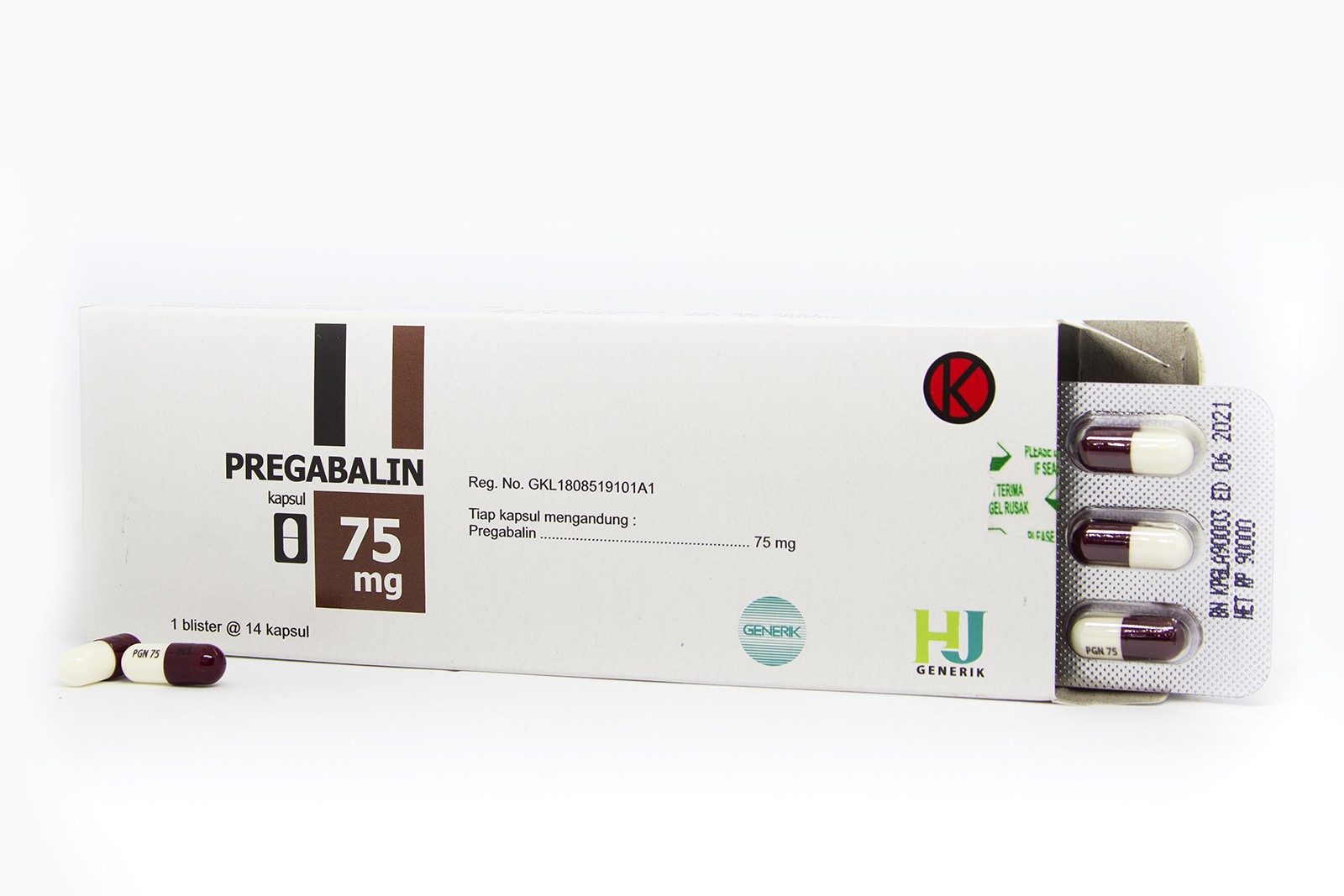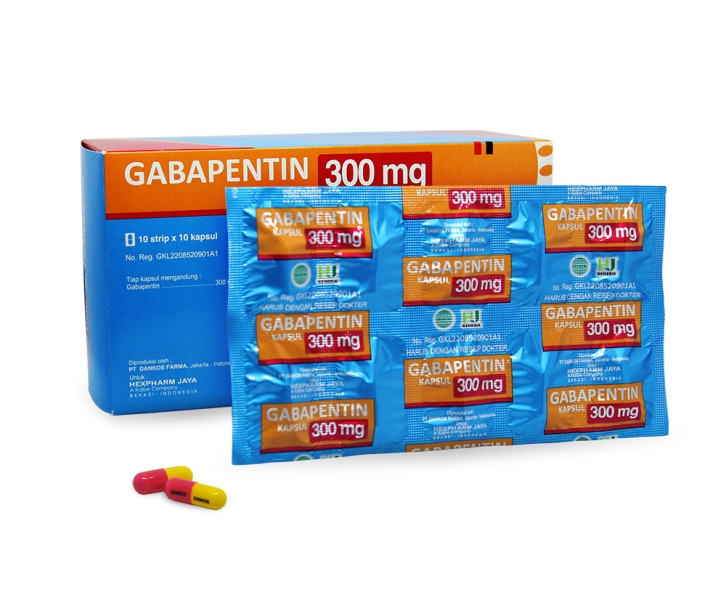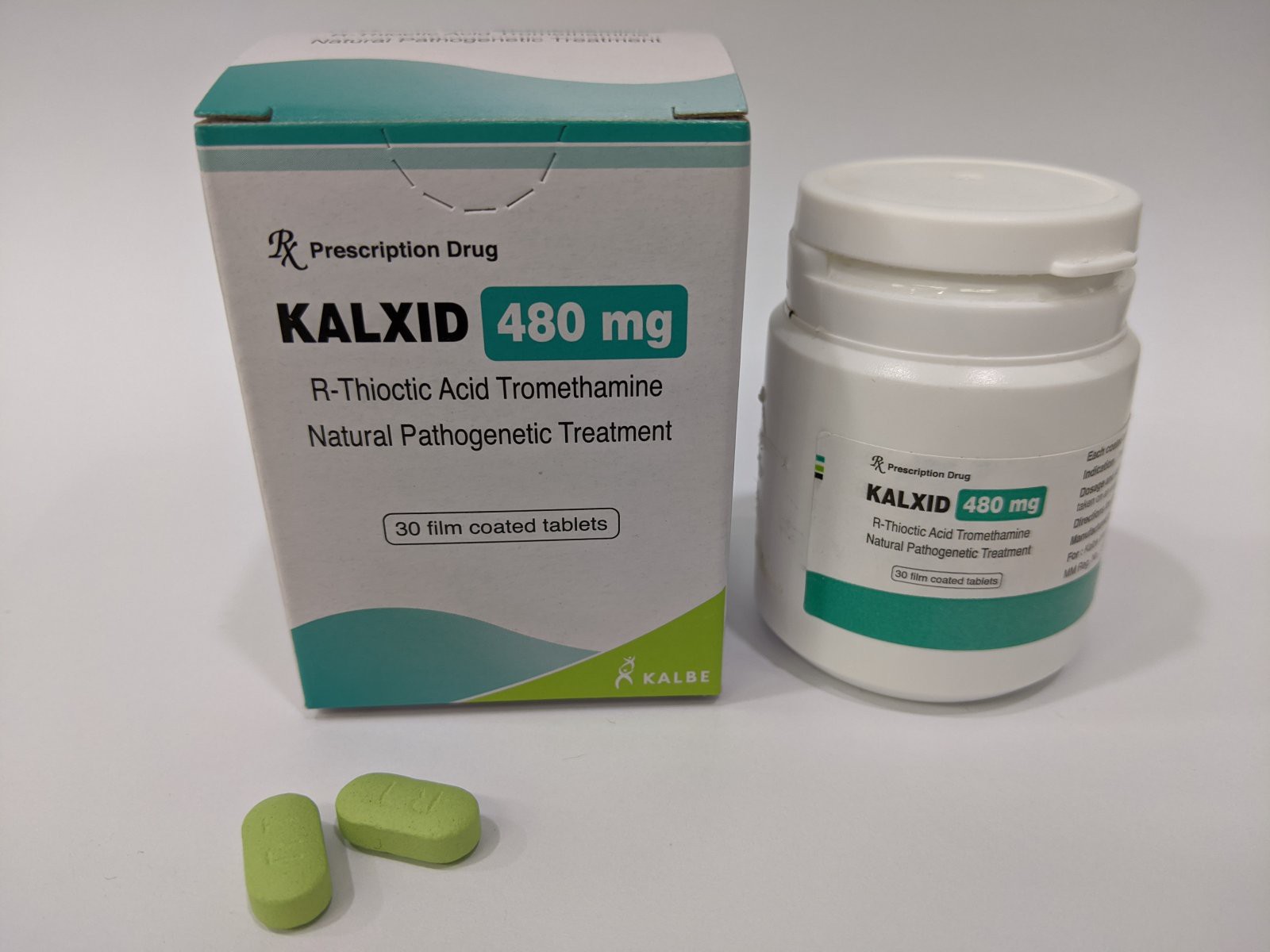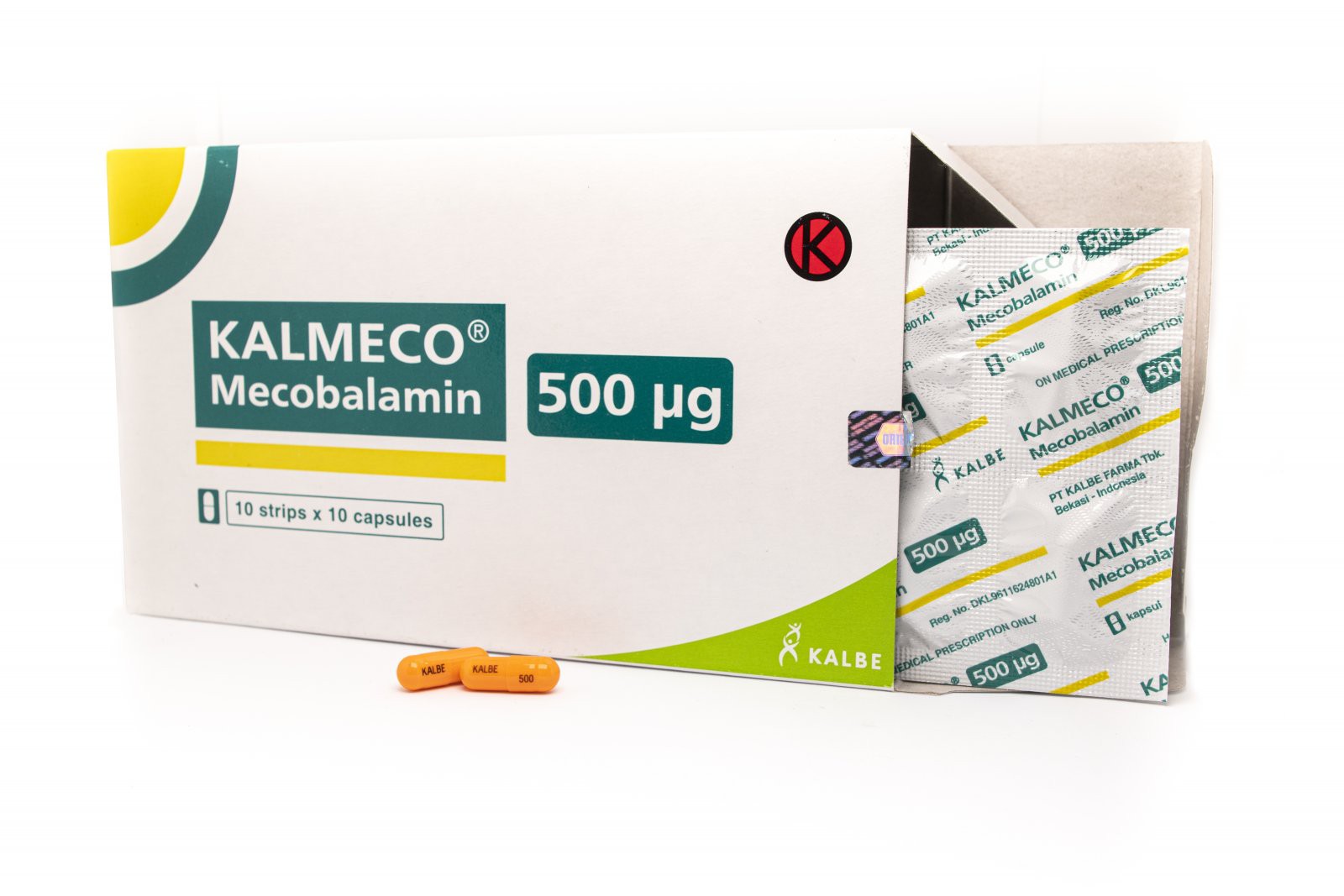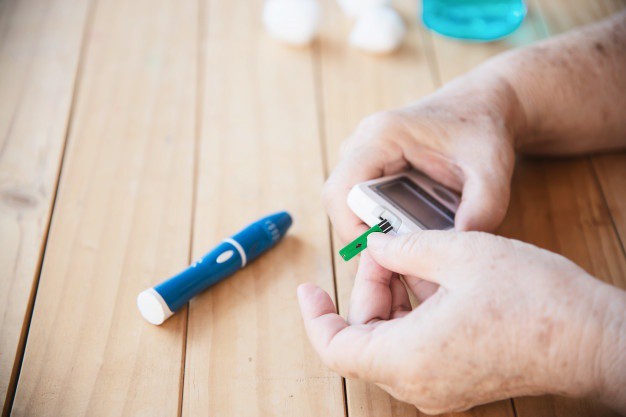
Diabetes mellitus (DM) merupakan salah satu penyakit yang termasuk dalam sindroma metabolik, yang ditandai dengan hiperglikemia kronik, glikosuria, hiperlipidemia dan keseimbangan nitrogen. Pada tahun 2030, diperkirakan jumlah kasus diabetes mellitus di India meningkat dari 101,2 juta kasus menjadi 438 juta kasus. Sekitar 7 juta kasus, pasien terdiagnosa diabetes mellitus setiap tahunnya. Diabetes mellitus merupakan salah satu beban kesehatan dunia, karena tingginya kejadian komplikasi mikrovaskular dan makrovaskular. Hiperglikemia merupakan penyebab utama nyeri neuropati dan gangguan neuropati. Sebesar 50% pasien DM tipe 1 dan DM tipe 2 terkena gangguan neuropati.
Nyeri neuropati berasal dari kerusakan sistem saraf sentral atau perifer yang menyebabkan lesi primer atau disfungsi sistem saraf. Gejala diabetik neuropati dapat berupa hiperalgesia, allodynia, paresthesia atau rasa nyeri lainnya. Faktor risiko lain yang menyebabkan neuropati berupa gaya hidup, obesitas, merokok, tumor saraf. Beberapa obat digunakan dalam tatalaksana diabetik neuropati seperti antikonvulsan, opioid, antidepresan dan aldose reuptake inhibitor. Antidepresan trisiklik merupakan pilihan utama terapi nyeri neuropati, seperti amitriptyline, imipramine, desipramine, nortriptyline, maprotiline, dan clomipramine. Efek samping yang dapat ditimbulkan berupa pandangan buram, mulut kering, takikardia, hipotensi ortostatik, sedasi dan peningkatan tekanan darah. Anti-konvulsan yang digunakan untuk nyeri neuropati berupa phenytoin, carbamazepine, oxcarbazepine, gabapentin, pregabalin, lamotrigine, clonazepam, valproic acid, topiramate, dan tiagabine.
Studi acak tersamar ganda oleh dr. Singh dan kolega ingin mengevaluasi efikasi dan keamanan pregabalin, duloxetine dan kombinasi dengan elparestat pada pasien neuropati DM tipe 2. Studi dilakukan pada November 2015 hingga Januari 2017 dengan melibatkan 230 subjek. Subjek yang dipilih, telah menderita DPN selama >10 tahun. Subjek dibagi menjadi 4 kelompok yaitu kelompok 1 : duloxetine 60 mg/hari (D), kelompok 2 : pregabalin 150 mg/hari (P), kelompok 3 : pregabalin 150 mg/hari + epalrestat 100 mg/hari (P+E), kelompok 4 : duloxetine 60 mg/hari + eplarestat 100 mg/hari (DE). Parameter primer yang diukur adalah penurunan skor nyeri dan progresi penyakit. Parameter sekunder adalah kualitas hidup pasien dan efektifitas biaya. Evaluasi dilakukan pada bulan ke 3 dan bulan ke 6 setelah terapi.
Dari studi tersebut menunjukkan hasil; terjadi penurunan HbA1c secara signifikan pada kelompok pregabalin + epalrestat (PE) pada periode 3 dan 6 bulan terapi dibandingkan dengan baseline (12,116 ± 0,168 hingga 9,57 ± 0,155 setelah 3 bulan dan 7,24 ± 0,118 setelah 6 bulan )(p<0,05). Terjadi penurunan AGEs secara signifikan pada kelompok pregabalin + epalrestat (PE) pada periode 3 dan 6 bulan terapi dibandingkan dengan baseline (4,28 ± 0,32 hingga 3,05 ± 0,29 setelah 3 bulan dan 2,1 ± 0,15 setelah 6 bulan)(p<0,05). Dari segi evaluasi farmakoekonomi, kelompok P + E memiliki cost-effective paling baik dibandingkan dengan kelompok lainnya.
Kesimpulan studi ini adalah terapi kombinasi pregabalin + epalrestat memiliki efikasi paling baik jika dibandingkan dengan pemberian duloxetine atau kombinasi duloxetine + epalrestat pada pasien DPN. Pregabalin + epalrestat efektif menghambat progresifitas penyakit dan dapat menjadi alternatif terapi pada pasien DPN.
Gambar: Ilustrsai (sumber: by jcomp - www.freepik.com)
Referensi:Singh RSHKRTG. Comparison of safety and efficacy of pregabalin, duloxetine and their combination with epalrestat in diabetic neuropathy: A prospective, double-blind, randomized, controlled Trial -. J Appl Pharm Sci. 2021;11(1):71–9.








